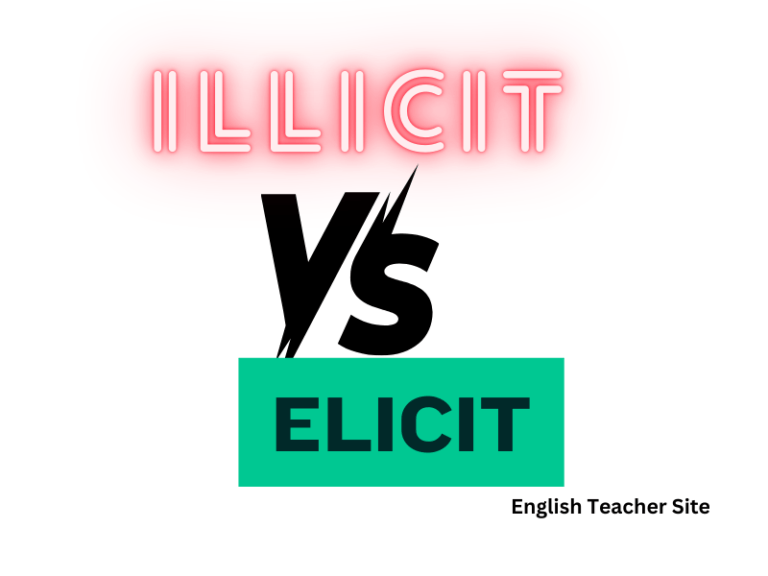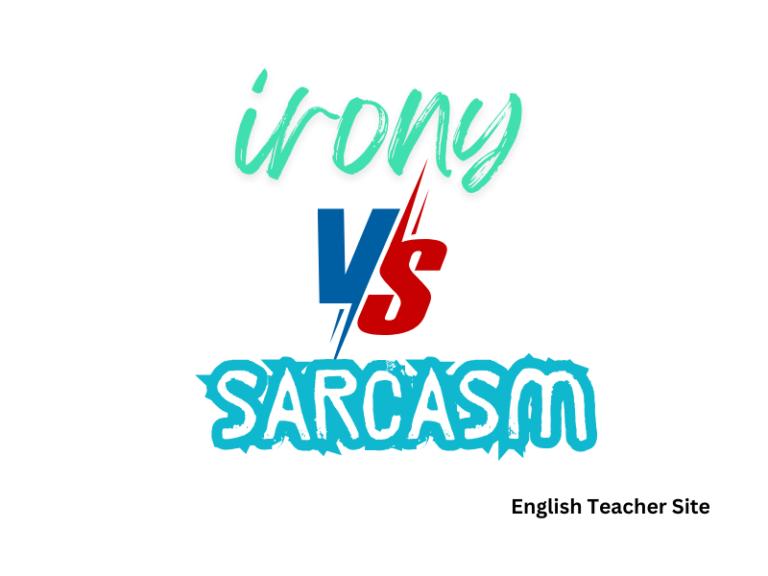To vs Too: Understanding the Difference for Clear Communication

- “To” is used as a preposition and as part of the infinitive form of verbs.
- “Too” signifies an excess or an addition and is always used as an adverb.
- Proper use of “to” and “too” is crucial for accurate and clear English communication.
The correct use of “to” and “too” also reflects on one’s grasp of English grammar and attention to detail. While “to” might be setting direction in phrases like “going to the store,” “too” adds information about degree or inclusion, such as “too hot to handle” or “I want to go, too.” Misusing these words can lead to confusion or unintended meanings, undermining the clarity of communication. Given their frequent use, mastery of “to” and “too” is thus indispensable for anyone looking to express themselves effectively in English.
Understanding the Basics
They may sound the same, but their meanings and uses are distinctly different.
Definition and Usage of ‘To’
“To” primarily functions as a preposition, used to indicate direction towards a place, person, or thing. It can also serve as part of an infinitive when paired with a verb. Here are some specifics:
- Direction: “She walked to the store.”
- Infinitive Form: “He loves to dance.”
| Preposition Usage | Infinitive Usage |
|---|---|
| towards a place | to cook |
| towards a person | to read |
| to a thing | to travel |
Definition and Usage of ‘Too’
Conversely, “too” is an adverb used to express addition or excess. When “too” precedes an adjective or another adverb, it suggests a degree that is excessive or more than needed. Key usages include:
- Also: “They want ice cream too.”
- Excess: “This coffee is too hot.”
| Also Usage | Degree/Excess Usage |
|---|---|
| in addition | too noisy |
| furthermore | too quickly |
When using the word “too” for addition, it’s often synonymous with “also” or “as well.” In terms of excess or degree, it’s akin to saying “very” or “excessively.” Remembering these distinctions aids in crafting sentences that convey the intended meaning accurately.
Practical Application and Common Mistakes
Understanding the differences between “to,” “too,” and “two” is essential for proper English communication, as they are commonly confused homophones with distinct meanings and usages.
Common Confusions and Clarifications
To is a preposition used to indicate direction, place, or time, and it also starts the infinitive form of verbs. Too, on the other hand, is an adverb that can mean “in addition” or indicate an excessive amount. The number two represents the numerical 2 and is less frequently confused with the other two due to its clear numeric context.
| Word | Part of Speech | Usage |
|---|---|---|
| to | Preposition | Indicates direction, time, or the infinitive form of a verb (e.g., to run). |
| too | Adverb | Means “also” or “excessively” (e.g., too fast). |
| two | Noun | The numerical value 2 (e.g., Two apples). |
Examples in Sentences
Here are sentences showing correct use:
- I went to the store.
- She was too tired to come along.
- They have two dogs.
Common mistakes:
- Incorrect: I have to much work. (Should be “too” to denote excess)
- Incorrect: Do you want to come with us two? (Should be “too,” meaning “also”)
Tips for Correct Usage
- Practice makes perfect. Regularly test yourself by crafting sentences using “to” and “too.”
- When in doubt, consult a dictionary to confirm meanings and usage.
- Remember, “too” for excess, “to” for indicating relationship or forming infinitives with verbs, and “two” is strictly for the number.
| Tip | Explanation |
|---|---|
| Context Clues | Use the surrounding words to determine if “to” or “too” is appropriate. |
| Simplify | Replace the word with “also” or “very” to see if “too” makes sense. |
| Number Check | Is the word used as a quantity? If so, “two” is the correct form. |
My name is Khamis Maiouf. I am the creator of the English Teacher Site, dedicated to providing valuable resources and insights for students around the world. With a passion for education and a commitment to helping students enhance their skills, I aim to make English teaching more effective and enjoyable for both educators and students.






